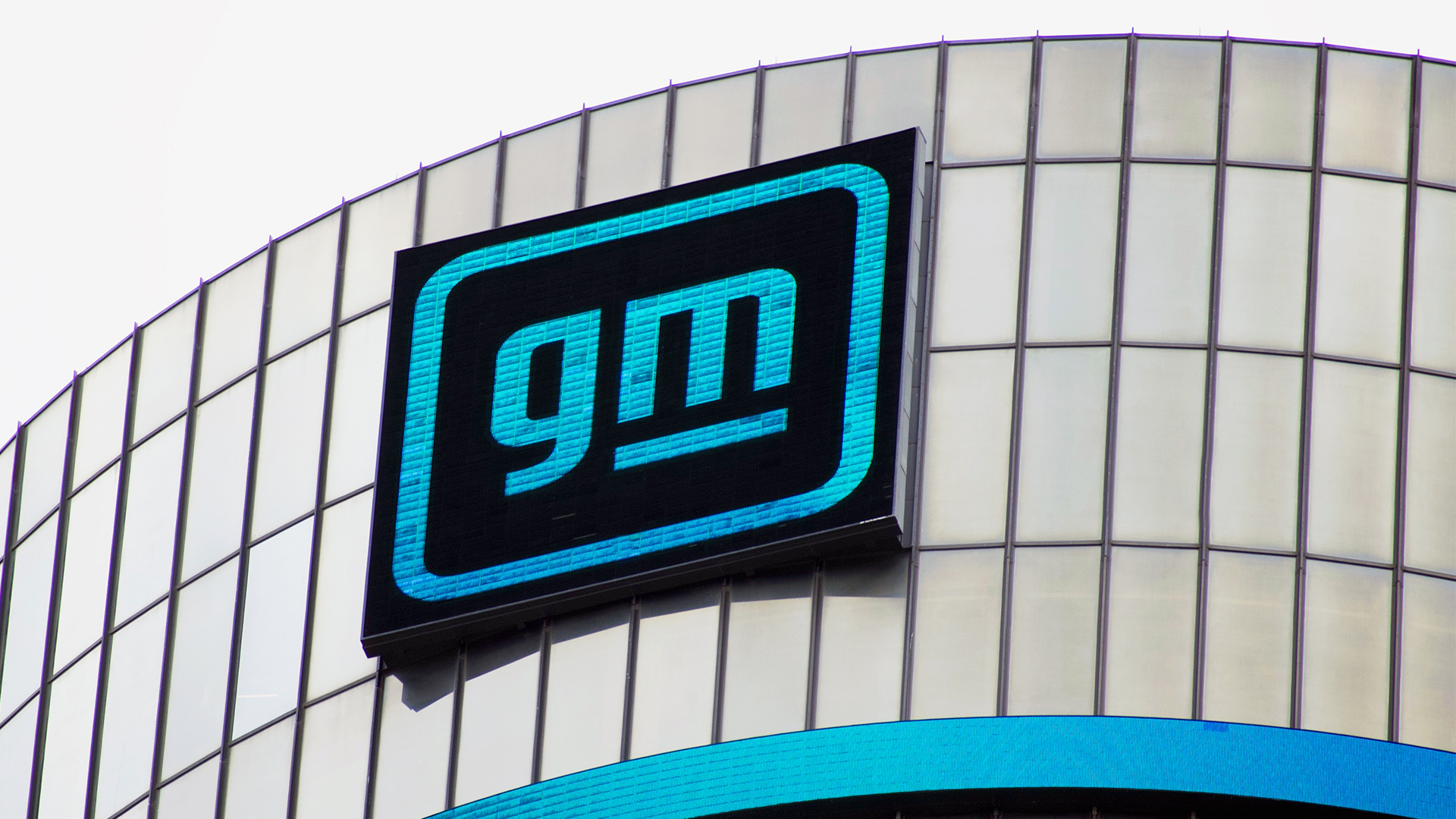In stark contrast to Tesla’s poor performance, rival carmaker General Motors rode the back of its traditional ICE-powered cars (internal combustion engine) to better-than-forecast revenue and profits in the March quarter and gave a strong hint that it expects to start seeing profits from its EV business late this year.
GM’s stronger results came despite higher costs from last year’s union contracts, increased labor costs, while customers faced higher interest rates to buy cars.
GM said it expects its North American EV business to turn a profit in the second half of the year. That’s a repeat of a forecast made in January at the release of the company’s 2023 results.
That expectation, though, and strong demand for traditional petrol-powered vehicles saw GM raise its earnings forecast for the year.
GM executives said Tuesday they believe its EV offerings will be even more profitable moving into 2025, despite the slowdown in the growth of demand for EVs in its home market.
Quarterly revenue rose 7.6% to $US43 billion, which topped forecasts by $US2 billion, despite a 3% dip in the number of vehicles sold to 1.3 million cars and trucks.
That came as the company switched from selling heavily to fleets such as car rental companies and returned to selling to individual consumers.
Fleet sales fell to nearly 16% of its overall sales, down from 19% of year-ago sales.
GM reported adjusted net income of $US3.0 billion, down 2% from the $US3.1 billion it reported on that basis a year earlier.
But on a per-share basis (which is more watched by US investors than the actual total), earnings jumped sharply because of a $US10 billion buyback announced after reaching a new deal with the United Auto Workers Union. On that basis, earnings per share jumped 18.6%, and investors cheered, sending the shares up more than 4.3%.
But more significantly, it raised its full-year earnings forecast to between $US10.1 billion and $US11.5 billion, up $US300 million from its earlier guidance. And it raised its adjusted earnings before interest and taxes guidance for the year by $US500 million. Investors cheered again.
And the situation with its EV business is better than it seems from the raw market data, according to the company’s chief financial officer Paul Jacobson, who told a conference call that much of the pullback on GM’s EV plans is a result of it being “more deliberate.”
He said that much of the overall slowing in EV demand is due to Hertz announcing it would stop buying EVs in the near term and sell off 20,000 of the electric vehicles already in its fleet (That has hurt Tesla because its cars were a big part of the Hertz fleet, and the sales have driven down used vehicle prices).
“When you start to break down some detailed registration info, retail EVs [sales] are not down as much as a lot of folks think,” Jacobson said. “The retail customer is actually holding up pretty strong. We feel good where we’re going with the 200,000 to 300,000 units of [EV] production this year.”
And that’s why the company is looking for a ‘variable profit’ to be reported from the business late this year.
And a big reason for the improvement wasn’t mentioned – the absence of any major financial burdens from its Cruise driverless taxi, which was halted last year after a serious accident and saw staff cuts, executives changed, and a big write-down. GM slashed staff at Cruise by 245 last year – but the car will be back on the streets in a US city shortly, with drivers at the wheel.
A year ago, Cruise cost GM $US561 million in losses. The absence of that made the improvement reported on Tuesday look so much better. Cruise lost $US2.7 billion in 2023.
GM also took a hit in the 4th quarter from the six-week UAW strike ahead of the new union deal. Total cost was $US900 million in the 4th quarter and $US1.1 billion for the full year.
GM also took an $US800 million charge last year to redo some contracts with battery supplier LG Energy, and it had to take a $US1.7 billion charge on its electric vehicle inventory related to negative profit margins expected on those vehicles.
All those charges mean the results for 2024 should be cleaner and stronger-looking because of the absence of all that red ink from the accounts.














